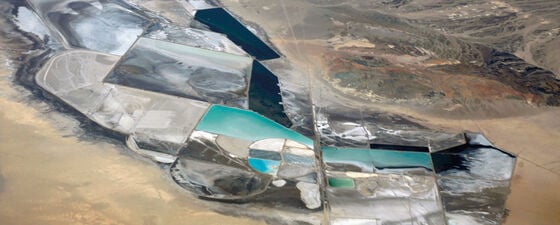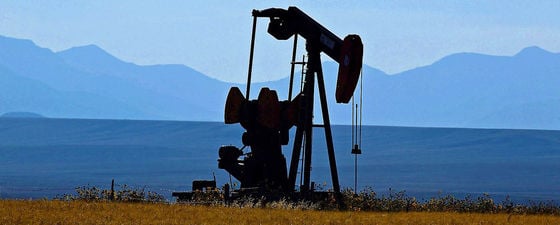The world is rapidly locking itself into an insecure, inefficient and high-carbon energy system.
This is the truth, given that there is no radical change in policy direction, according to the International Energy Agency. There is still time to act, but the window of opportunity is closing, the agency adds.
The 2011 edition of the World Energy Out look was released on November 9 and brings together the latest data, policy developments, and the experience of another year to provide robust analysis and insight into global energy markets, to day – and for the next 25 years.
“Growth, prosperity and rising population will inevitably push up energy needs over the coming decades,” Executive Director Maria van der Hoeven of IEA said when the report was presented. She continued emphasizing that “governments need to introduce stronger measures to drive investment in efficient and low-carbon technologies”. The sharp rebound in energy demand in 2010, which pushed CO2 emissions to a record high, certainly highlights the urgency.
The numbers presented by IEA are daunting. First of all, primary energy demand is expected to increase by one third for the next 25 years, even with WEO’s central New Policies Scenario, and a good part of this will be covered by fossil fuels, meaning that the level of CO2 in the atmosphere is bound to increase. This is true even if the share of fossil fuels falls from around 81% today to 75% in 2035. Renewables, on the other hand, are expected to increase from 13% of the mix today to 18% in 2035.
The latter sounds good, but be aware that the increase in re new ables is dwarfed by the increase in fossil fuels, in absolute numbers.
For example, oil demand rises from 87 MMbopd in 2010 to 99 MMbopd in 2035. Even worse, the use of coal – which met almost half of the increase in global energy demand over the last decade – rises 65% by 2035. More efficient power plants and carbon capture and storage (CCS) technology could boost prospects for coal, but the latter still faces significant regulatory, policy and technical barriers that make its deployment uncertain.
It is, for example, noteworthy that de spite lots of smooth talking, not a single CCS plant for coal has been built yet.
The future for natural gas is fairly predictable, according to the World Energy Outlook. Its share in the energy mix will rise, and gas use will almost catch up with coal consumption.
In the New Policies Scenario, cumulative CO2 emissions over the next 25 years amount to three-quarters of the total from the past 110 years, leading to a long-term average temperature rise of 3.5°C. However, if the new policies are not implemented, we are on a more dangerous track, to an increase of 6°C.
“As each year passes without clear signals to drive investment in clean energy, the ‘lock-in’ of high-carbon infrastructure is making it harder and more expensive to meet our energy security and climate goals,” said Fatih Birol, IEA Chief Economist.
There is no particular reason for being optimistic on behalf of the future of the human race.




